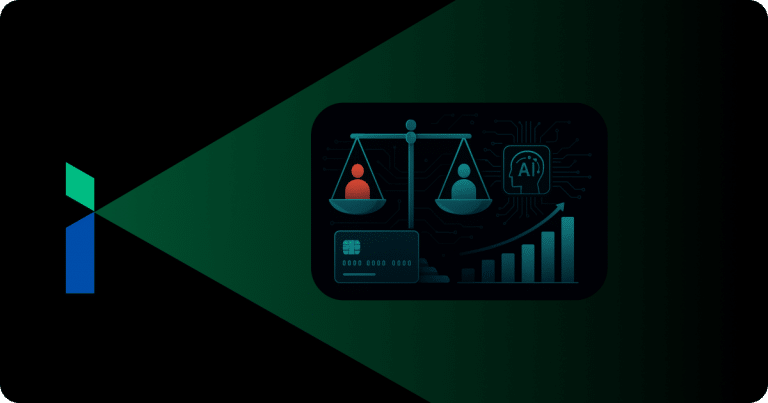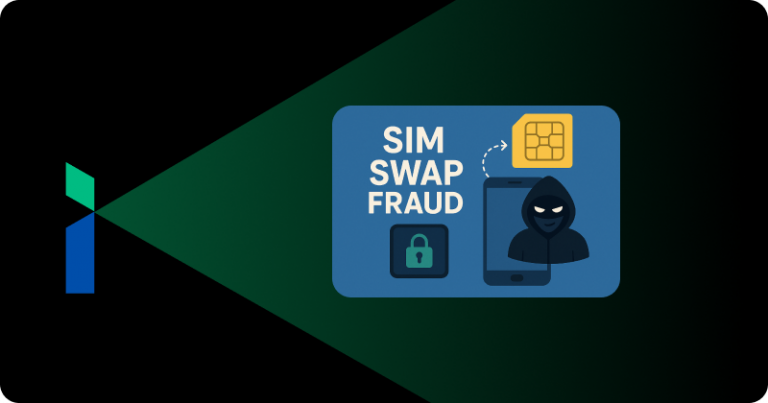The COVID-19 Pandemic has accelerated an otherwise slow digital adoption within the banking segment. With changing customer expectations and the growing aspiration for personalized services combined with the rise in FinTechs, banks have identified a ‘digital-first’ plan that will help them reduce costs, enhance operational efficiency and mitigate operational risks.
However, the slow uptake of automation in the back office operations acts as a cog in the wheel. Despite the charming customer-facing processes, many backend operations, including credit assessment and risk analysis, are dependent on time-consuming paperwork, manual intervention, and dated evaluation methods. As a result, it impacts the productivity and cost of the operations, leading to increased vulnerabilities within the systems.
The total number of cyber frauds across the country is also on the rise. This graph showcases the number of online scams that the industry has suffered from between FY19 and FY20.

These cases raise an important question: Why are banks dependent on outdated manual methods to analyze credit and disburse the loans?
Deeply rooted in the Indian banking culture sits the manual underwriting process. Moreover, with the outdated processes, legacy systems, and a lot of paperwork backing it, this seems tedious and time-consuming.
The credit analysis system considers the character, credit, payment capacity, conditions, and the collateral available with the borrower.

The reasons why manual underwriting is considered necessary by banks include:
- In some cases, the borrower has no credit history. This doesn’t mean they have bad credit. It simply indicates that the borrower has never taken loans or paid using a credit card. In such cases, the manual systems will better analyze the repayment capacity and the other Cs.
- There are cases where the borrower is on a contract or works as a freelancer with a company. The underwriter analyzes such cases differently. They dig deep into the loan documents to understand the actual income, the source, and credit history.
- In banking operations, DTI (Debt-to-Income) ratio plays a pivotal role. However, when analyzing the borrower’s condition, the ratio requirements depend on the type of loan and other factors specific to the borrower.
Hence, there is no one-rule-fits-all here. For example, if the borrower has a high DTI, they may not be eligible for specific rules as per the system. However, factors and conditions may make them suitable, and the underwriter would be more aware of the same.
The core of manual underwriting is based on reliable and responsible decisions. However, there are loopholes and plenty of opportunities, with the lack of cyber hygiene, as we observed earlier, for fraudulent decisions and heavy losses.

Embracing AI-Driven Assessments
Banks must assess the creditworthiness of the borrower before disbursing loans. Nevertheless, it has become challenging due to the slow manual processes and heaps of paperwork. It also leads to slower decision-making, as spreadsheets are the sole method to complete the processes.
Automation at its heart comprises good data, intelligent insights, and intelligent decision-making capabilities. It helps banks eliminate delay, incompetency, and unpredictability associated with risk analysis and fraud detection. They can create a high-quality and reliable portfolio that gives an at-a-glance insight into the 5 Cs and help lenders make the right decisions.

AI-driven solutions can help identify the anomalies within the systems, which can help them detect fraud early on and make capable decisions.
For example, the stipulated time taken to fill out a load form is 10 minutes. However, the borrower takes only four minutes. This discrepancy will be noted by the system, and considered as suspicious activity.
In scenarios where the borrower hides specific facts or does not reveal their repayment capacity, the machine detects these suspicious transactions faster. As a result, it helps the lenders identify the threats sooner and make decisions that mitigate the risks.
Benefits of Automated Systems
- Accurate Results: The automated system compares all the factors with the data available within. Thus, the results will be far more consistent and accurate as compared to manual analysis. It works as an excellent technique to remove the defaulters from the system.
- Faster Outcome: Automated systems guarantee faster and more accurate results as they can process large amounts of data within seconds. Consequently, the lender will have the CAM reports needed to make the right decision within minutes.
- Boosts Productivity: Credit assessment and scoring require a detailed background check of the borrower, which can be pretty tedious. The automated solution processes the applications quickly. As a result, the outcomes are known faster, helping the credit managers make the right decisions to avoid bad debts. It eventually frees up the resources to focus on creating better products and innovative solutions for the customers.
- Fraud Detection: Early detection of suspicious behavior can lead to faster risk management and better decisions. It helps remove the possible fraudsters from the loan application process, thus processing a thorough cleanup.
The Final Verdict
The Pandemic has driven an attitude shift in the banking operations. There is a growing need as well as intention to move away from complete manual processes to a hybrid system with emphasis on digital solutions. Underwriters are the building blocks of credit assessment and should be given the right tools and systems to aid their analysis. It will help them stay at the helm of the processes, be more agile, and speed up decision-making.
With an excellent understanding of the banking industry plus a footing in automation, Perfios offers top-notch automation solutions that guarantee early fraud detection, better risk management, and faster loan disbursements. Perfios CAM pro leverages Machine Learning and Artificial Intelligence to make lending responsible, reliable and transparent. Connect with our team if you want to know more about how this tool can help your bank protect itself from financial fraud.














